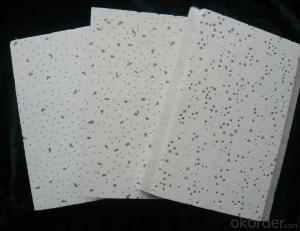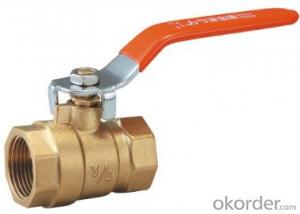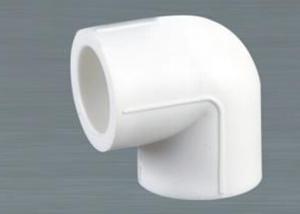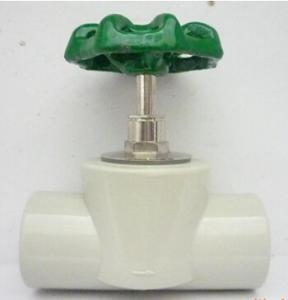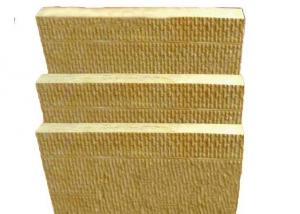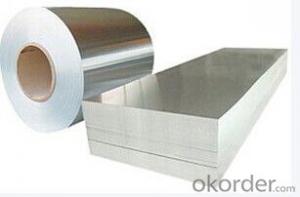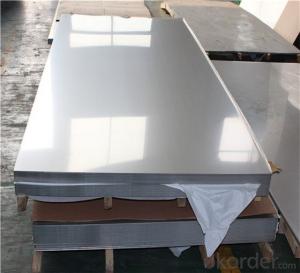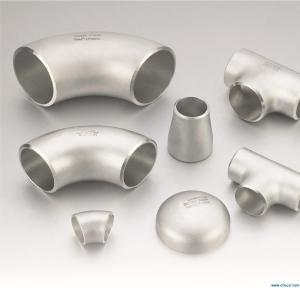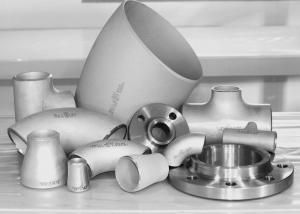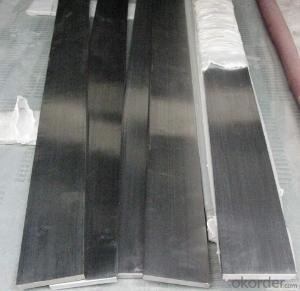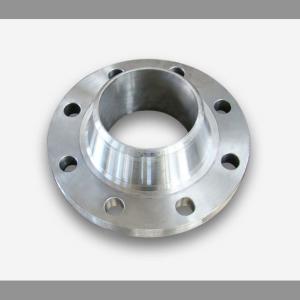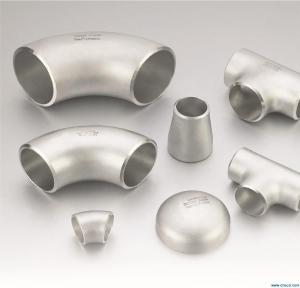Steel Wool On Stainless Steel
Steel Wool On Stainless Steel Related Searches
Best Paint For Stainless Steel Blanket Insulation For Steel Buildings Primer For Galvanized Steel Foam Filter For Stainless Steel H S Code For Stainless Steel Surface Grinding Wheels For Stainless Steel Surface Grinding Wheels For Hardened Steel Hole Saw For Stainless Steel Paint For Stainless Steel Stainless Steel For BbqHot Searches
Steel Mesh Panels For Sale Price For Stainless Steel Scrap Scrap Price For Stainless Steel Stainless Steel Tank For Sale Stainless Steel Tanks For Sale Stainless Steel For Sale Used Finger Joint Machine For Sale Pancake Making Machine For Sale Bbq Machine For Sale Aeration Machine For Sale Price Of Scrap Stainless Steel Price Of Stainless Steel Scrap Galvanized Steel Scrap Price Type Of Stainless Steel Stainless Steel Price Per Kg Stainless Steel Price Per Pound Types Of Stainless Steel Grades Stainless Steel Pipe Near Me Stainless Steel Factory Stainless Steel TypeSteel Wool On Stainless Steel Supplier & Manufacturer from China
Okorder.com is a professional Steel Wool On Stainless Steel supplier & manufacturer, offers integrated one-stop services including real-time quoting and online cargo tracking. We are funded by CNBM Group, a Fortune 500 enterprise and the largest Steel Wool On Stainless Steel firm in China.Hot Products
FAQ
- Stainless steel flats perform exceptionally well in abrasive environments due to their high resistance to corrosion, wear, and impact. The chromium content in stainless steel forms a protective layer that prevents rusting and degradation, making it highly durable and suitable for withstanding abrasive conditions. Additionally, stainless steel flats offer excellent strength and toughness, ensuring their longevity and reliability in such environments.
- There are several factors that can cause the price of stainless steel flats to fluctuate. One of the main factors is the balance between supply and demand in the market. When there is a high demand for stainless steel flats but a limited supply, the price is likely to go up. Conversely, if there is an excess supply and low demand, the price may decrease. Another factor that affects the price of stainless steel flats is the cost of the raw materials used in their production. Stainless steel is made from a combination of iron ore, chromium, nickel, and other alloying elements. Changes in the prices of these raw materials can directly impact the overall cost of producing stainless steel flats. For example, if the price of nickel increases, it can lead to higher production costs and therefore an increase in the price of stainless steel flats. Global economic conditions and geopolitical factors also play a role in price fluctuations. Economic downturns or political instability in major stainless steel producing countries can disrupt the supply chain and affect prices. Additionally, trade policies, tariffs, and import/export regulations can impact the cost of stainless steel flats, particularly in international markets. Lastly, advancements and innovations in manufacturing technology can influence the price of stainless steel flats. If new and more efficient production techniques are developed, it can lead to lower production costs and potentially reduce the price of stainless steel flats. In summary, the price of stainless steel flats can vary due to a combination of factors including supply and demand dynamics, raw material costs, global economic conditions, geopolitical factors, and technological advancements. It is important for manufacturers, distributors, and consumers to stay informed about these factors in order to make informed decisions regarding the purchase and sale of stainless steel flats.
- To prevent damage, stainless steel flats should be stored in a clean and dry environment to avoid moisture and contaminants. It is recommended to stack them horizontally or vertically with proper support to prevent bending or warping. Additionally, using protective covers or wrapping them in moisture-resistant material can further safeguard against scratches and corrosion.
- Yes, stainless steel flats can be used in power generation plants. Stainless steel is a popular choice for various applications in power generation plants due to its excellent corrosion resistance, high strength, and durability. In power generation plants, stainless steel flats can be used in various components and equipment such as heat exchangers, condensers, turbine blades, boiler tubes, and piping systems. These components are exposed to high temperatures, pressure, and corrosive environments, making stainless steel an ideal material choice. Stainless steel flats offer resistance to corrosion caused by various factors such as moisture, heat, chemicals, and the presence of gases. This corrosion resistance ensures the longevity and reliability of the components, reducing the need for frequent replacements and maintenance. Furthermore, stainless steel flats have high strength and can withstand the extreme conditions found in power generation plants. They can resist mechanical stress, pressure, and thermal cycling without deforming or losing their structural integrity. This strength is crucial for ensuring the safety and efficiency of power generation equipment. Moreover, stainless steel flats are easy to clean and maintain, which is essential in power generation plants to prevent contamination and ensure optimal performance. They can be easily sterilized and resist the growth of bacteria, making them suitable for applications in steam turbines and other critical components. Overall, stainless steel flats are a versatile and reliable material choice for power generation plants due to their corrosion resistance, strength, durability, and ease of maintenance.
- The typical length of stainless steel flats can vary depending on the specific product and manufacturer. However, in general, stainless steel flats are commonly available in lengths ranging from 10 feet (3 meters) to 20 feet (6 meters). These lengths are standard in the industry and are suitable for a wide range of applications. It's important to note that custom lengths may also be available upon request, depending on the manufacturer's capabilities and the specific requirements of the project.
- The specific requirements and applications determine the varying common widths available for stainless steel flats. Nevertheless, standard widths for stainless steel flats typically consist of 1/8", 3/16", 1/4", 3/8", 1/2", 5/8", 3/4", 7/8", and 1". These widths are widely utilized across industries such as construction, manufacturing, and engineering. It is worth highlighting that customized widths can also be obtained to cater to specific projects or customer preferences.
- Yes, stainless steel flats can be plated or coated. While stainless steel is known for its corrosion resistance and durability, plating or coating can be done to enhance its appearance, improve its resistance to certain chemicals or environmental conditions, or to provide additional properties such as conductivity or lubricity. Common plating or coating options for stainless steel flats include electroplating with metals like gold, silver, nickel, or chrome, as well as applying organic or inorganic coatings such as paints, lacquers, or powder coatings. The choice of plating or coating method depends on the desired outcome and intended use of the stainless steel flats.



